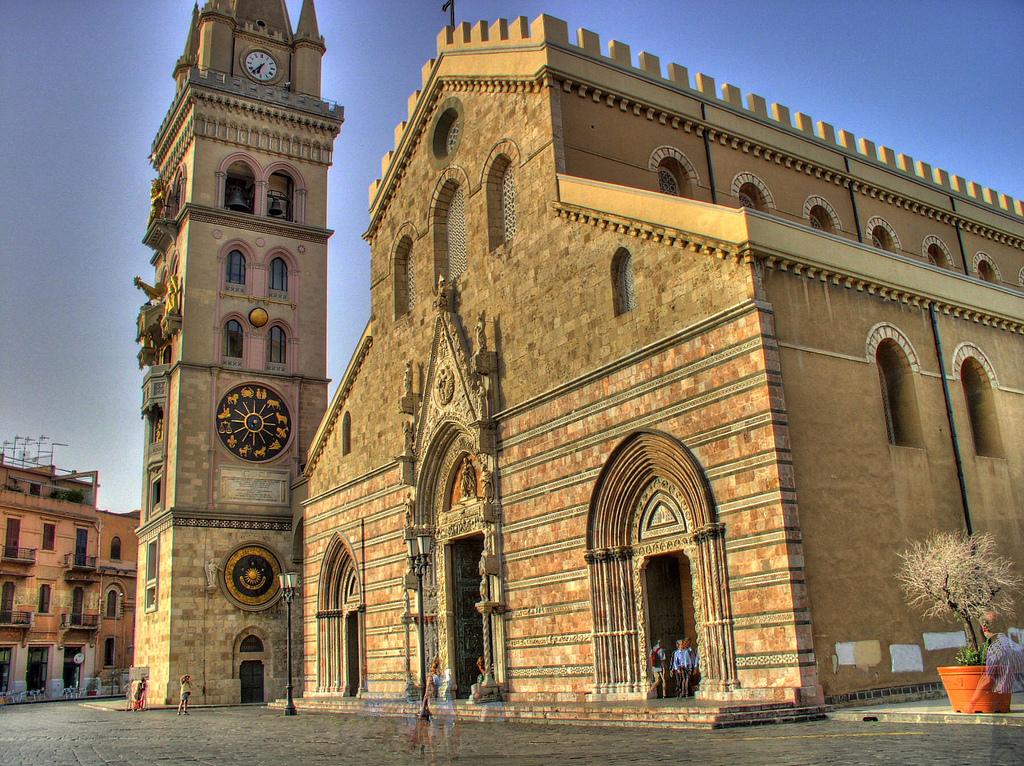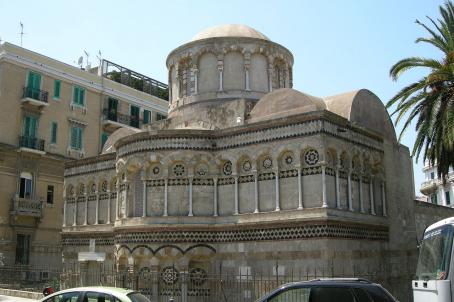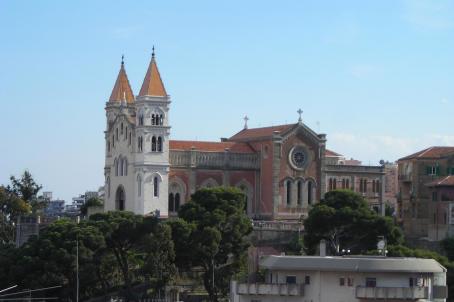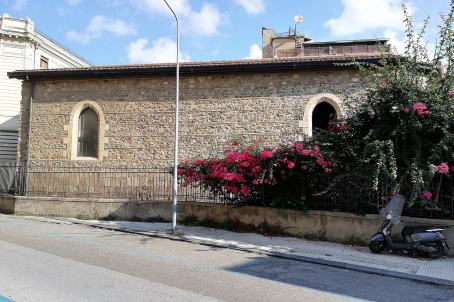Messina Cathedral
The Cathedral of Messina was consecrated on 22 September 1197 in the presence of Emperor Henry VI (1191-1197) and his wife Constance, daughter of the Norman king Roger II of Sicily. In the course of history, it has been destroyed and rebuilt several times so that practically nothing remains of the original structure of the building. In each of the earthquakes of 1783 and 1908, the entire interior furnishings were also destroyed by the collapse of the walls. After the 1783 earthquake, the bell tower was removed and two neo-Gothic towers were added to the two side apses next to the choir. After the earthquake of 1908, the cathedral was rebuilt in its medieval state from 1919 to 1923. In 1933, a free-standing bell tower was erected next to the cathedral. On the night of 13 June 1943, Messina was bombed and the cathedral was completely burnt down. The independent bell tower, however, was spared. The cathedral was consecrated again in August 1947.






